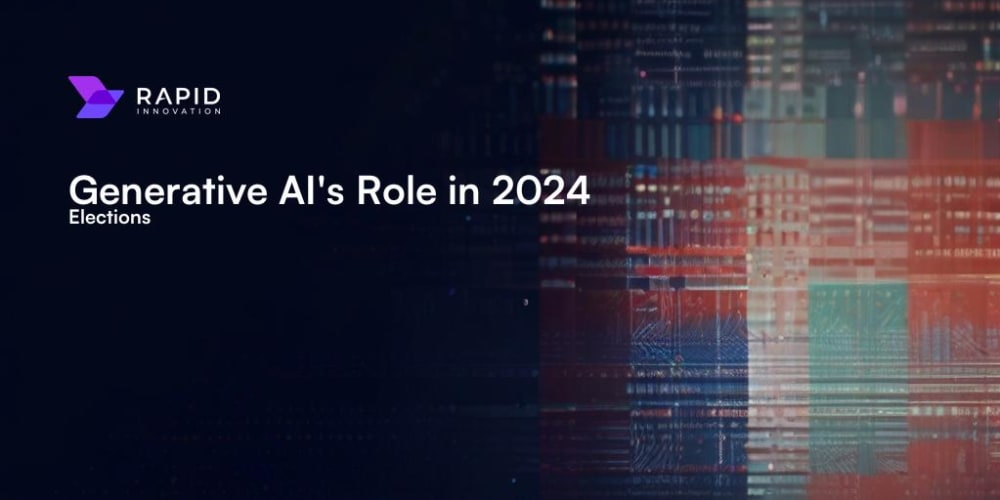This is a Plain English Papers summary of a research paper called VecFusion: Vector Font Generation with Diffusion. If you like these kinds of analysis, you should subscribe to the AImodels.fyi newsletter or follow me on Twitter.
Overview
- This research paper presents a novel method called VecFusion for generating high-quality vector fonts using diffusion models.
- VecFusion can create realistic and diverse vector fonts from a small set of exemplar glyphs, addressing the challenge of limited training data for font generation.
- The paper demonstrates VecFusion's ability to generate visually appealing vector fonts across multiple languages, including Latin, CJK, and Indic scripts.
Plain English Explanation
VecFusion: Vector Font Generation with Diffusion is a new technique that uses diffusion models to generate vector-based font characters. Diffusion models are a type of machine learning model that can create new images by learning patterns from existing data.
The key idea behind VecFusion is that it can generate a wide variety of vector font characters, even when there is only a small set of example characters to start with. This is important because creating a full set of vector font characters can be time-consuming and expensive.
VecFusion works by taking a few example vector font characters and using a diffusion model to generate new characters that match the style of the examples. The diffusion model learns the patterns and features of the example characters and then applies that knowledge to create new, unique characters.
The researchers demonstrate that VecFusion can generate high-quality vector fonts in multiple writing systems, including Latin, Chinese/Japanese/Korean (CJK), and Indic scripts. This makes VecFusion a versatile tool for creating fonts that can be used in a wide range of applications, from digital design to language-specific user interfaces.
Technical Explanation
VecFusion: Vector Font Generation with Diffusion presents a novel approach to generating vector-based fonts using diffusion models. Diffusion models are a type of generative model that has shown impressive results in image generation tasks, and the researchers have adapted this technique to the domain of vector font creation.
The key innovation in VecFusion is its ability to generate a diverse set of vector font characters from a small number of exemplar glyphs. This is particularly important for font creation, as manually designing a full character set can be a labor-intensive and time-consuming process.
The VecFusion architecture consists of a conditional diffusion model that takes in a few example vector glyphs and generates new glyphs in the same style. The diffusion model learns the underlying patterns and features of the input glyphs and then applies this knowledge to create new, visually coherent characters.
The researchers evaluate VecFusion on several benchmarks, including generating vector fonts for Latin, CJK, and Indic scripts. The results demonstrate that VecFusion can produce high-quality, realistic vector fonts that capture the essence of the exemplar glyphs while introducing variation and diversity.
Critical Analysis
The VecFusion: Vector Font Generation with Diffusion paper presents a promising approach to vector font generation, but there are a few aspects that could be explored further:
Scalability to larger character sets: While VecFusion can generate diverse vector fonts from a small set of exemplars, it's unclear how well the approach would scale to generating complete character sets for complex writing systems like CJK or Indic scripts, which can have thousands of unique glyphs.
Evaluation of semantic coherence: The paper focuses on the visual quality of the generated fonts, but it would be interesting to also evaluate how semantically coherent the generated glyphs are, particularly for ideographic scripts like Chinese where the meaning of a character is closely tied to its structure.
Comparison to other font generation techniques: It would be helpful to see a more detailed comparison of VecFusion's performance against other state-of-the-art font generation methods, both in terms of visual quality and the efficiency of the creation process.
Potential applications and user feedback: The paper could explore potential real-world applications of VecFusion, such as in digital design or language-specific user interfaces, and gather feedback from end-users to further refine the approach.
Overall, the VecFusion: Vector Font Generation with Diffusion paper presents an interesting and promising approach to vector font generation that could have significant impact in various domains. The critical points mentioned above could help guide future research and development in this area.
Conclusion
VecFusion: Vector Font Generation with Diffusion introduces a novel diffusion-based approach to generating high-quality vector fonts from a small set of exemplar glyphs. This addresses a key challenge in font creation, where manually designing a full character set can be time-consuming and expensive.
The researchers demonstrate that VecFusion can generate diverse and visually appealing vector fonts across multiple writing systems, including Latin, CJK, and Indic scripts. This versatility makes VecFusion a potentially valuable tool for a wide range of applications, from digital design to language-specific user interfaces.
While the paper presents a promising approach, there are a few areas that could benefit from further exploration, such as scalability to larger character sets, evaluation of semantic coherence, and comparison to other font generation techniques. Nonetheless, the VecFusion: Vector Font Generation with Diffusion paper represents an important step forward in the field of vector font generation and could have significant real-world impact.
If you enjoyed this summary, consider subscribing to the AImodels.fyi newsletter or following me on Twitter for more AI and machine learning content.



















